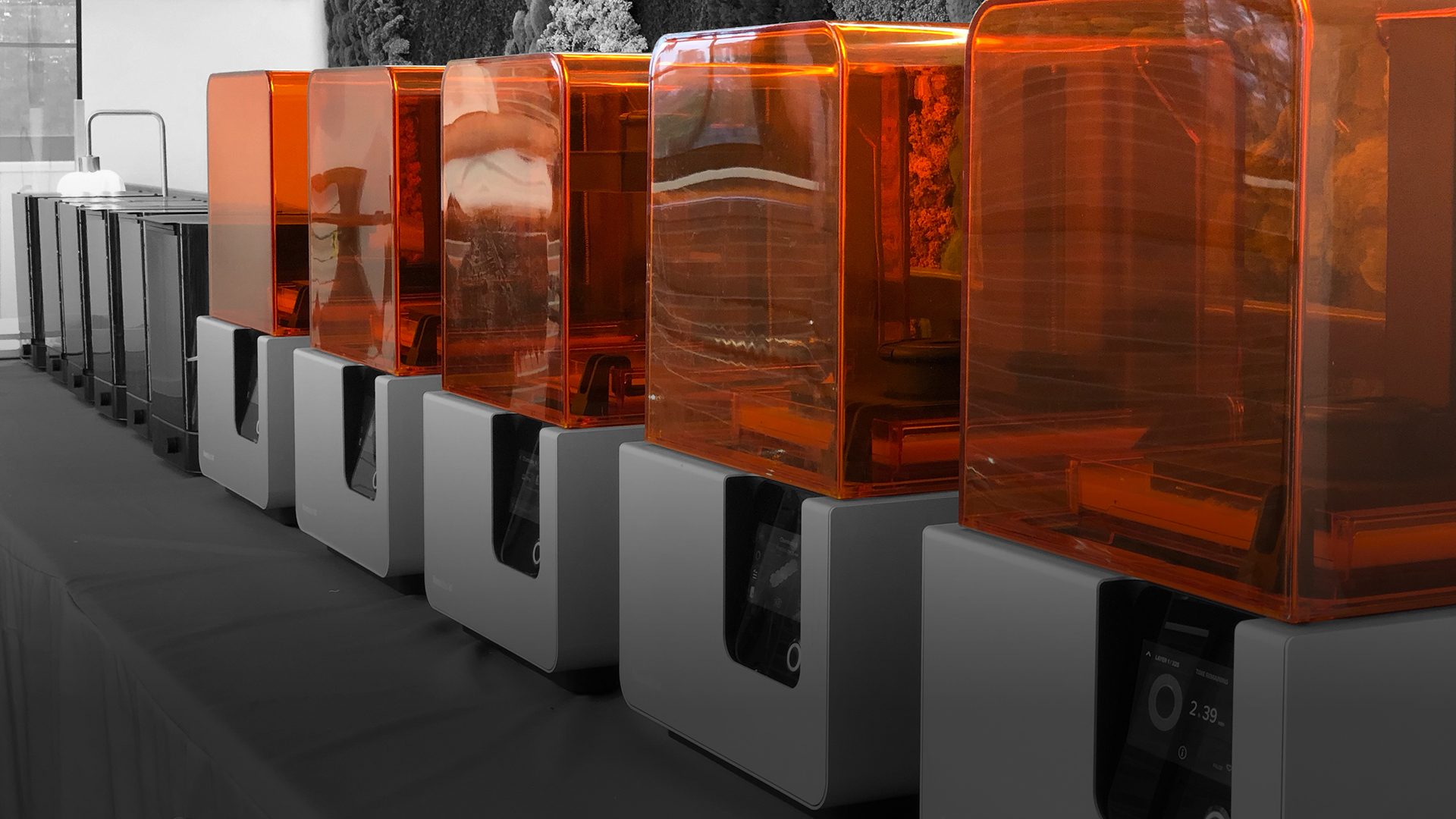Bringing On-Site 3D Printing to Architecture
Through on-site 3D printing and generative design techniques our team helped the client save 40% on installation costs.


Through on-site 3D printing and generative design techniques our team helped the client save 40% on installation costs.
Mancini recently completed the design and ground-up construction of the new Dolan Family Science, Technology, and Research Center at Chaminade High School in Mineola, New York. The design approach was focused on setting the stage for science and innovation, engaging students, faculty, staff and visitors at every turn.
Many people helped make this new facility a possibility, including hundreds of donors. Set against a striking vertical garden that climbs the full, three story height of the atrium, a wall comprised of transparent plaques features the names of the 945 donors that helped make this building possible.
Large, clear acrylic panels were designed to be hung in front of a vertical garden to act as a mounting surface for lettering. Our initial thought was to use vinyl lettering, but it proved to be tough to read unless you were viewing the wall head-on. We needed more depth.
So, our team included 3D lettering as an option in the design and looked for a place to produce them. When we saw the cost from signage vendors, it was evident that producing and installing the 3D letters from a third-party manufacturer was going to need a larger budget than we had to work with. With just short of 1,000 donors containing anywhere from 15 to 25 characters a family, the number of characters needed for this install reached over 20,000. Also, signage installation of this scale would require ladders, glue and measuring stencils to properly install each character at the required spacing – we knew we could do better than this.
To solve the manufacturing issue, the Mancini team utilized five 3D printers on site to prefabricate each character, which, through a customized script created by our in-house developers, are able to snap into place on the acrylic panels. Mancini underwent an iterative process that took dozens of attempts to finalize the perfect snap design. To ensure it was clear where each letter should be placed, each character has a unique configuration of pegs and corresponding holes for placement. With this design, there’s no way to put a character in the wrong place. All the installers have to do is just snap them in place. No ladders, no glue, no measuring tape!
To ease the labor costs and effort, the Mancini team created a layout that can be projected on each panel so that it’s easy to find the correct spot for each name–almost anyone could do it! This cost-cutting solution eliminated the need for industrial adhesives and/or expensive, off-site, specialized manufacturing.
This MicroFactory solution saved the school 40% on installation of the donor wall. With less labor doing skilled tasks of hand gluing, climbing ladders and spacing letters the price went way down for installation. Materials were delivered in raw form to 3D print, so there were less packaging and shipping costs associated.
3D printing represents a significant shift in manufacturing. By 2025, the market value of 3D printing is set to reach $25 billion. The Design Lab at Mancini is the proving ground for this technology and its applications within the built environment. Using design software like Grasshopper, the algorithmic modeling software for Rhino, Mancini designers can now produce a limitless range of generative design solutions.